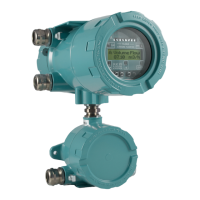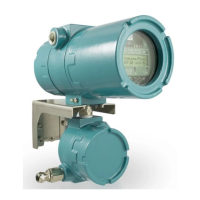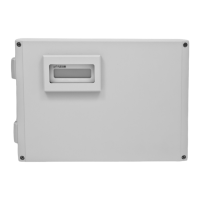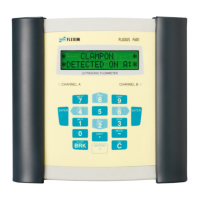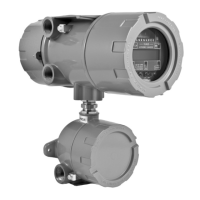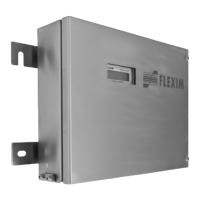UMG70XV3-4EN 12.01.2009 97
10 Basic Measurement
10.7.4 Consistency Check
If a wide range for the sound speed has been entered in the program branch PARAMETER
or the exact parameters of the medium are not known, a consistency check is recom-
mended.
The transducer distance can be displayed during measurement by scrolling with key .
The optimum transducer distance is calculated on the basis of the measured sound
speed. It is therefore a better approximation than the first value which had been calculat-
ed on the basis of the approximate sound speed range entered in the program branch
PARAMETER.
If the difference of optimum and entered transducer distance is less than specified in Ta-
ble 10.1 or Table 10.2, the measurement is consistent and the measured values are val-
id. The measurement can be continued.
If the difference is greater, adjust the transducer distance to the displayed optimum val-
ue. Afterwards, check the signal quality and the signal amplitude bar graph (see section
10.7.3). Press ENTER.
The optimum transducer distance (here: 50.0 mm) will be
displayed in parentheses in the upper line, followed by the
entered transducer distance (here: 54.0 mm). The latter
value must correspond to the actually adjusted transducer
distance. Press ENTER to optimize the transducer dis-
tance.
Table 10.1: Standard values for signal optimization of shear wave transducers
transducer frequency difference between optimum and entered transducer distance [mm]
P8
M10
K15
G20
Table 10.2: Standard values for signal optimization of Lamb wave transducers
transducer frequency difference between optimum and entered transducer distance [mm]
Q -3...+5
P- 6...+10
M -10...+20
K -25...+40
H -35...+60
G -50...+100
L=(50.0) 54.0 mm
54.5 m3/h

